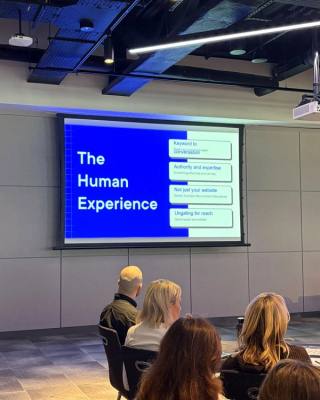Every era must come to an end.
The web has relied on third-party cookies for decades. Now, thanks to increased privacy and tightened regulations, these cookies will soon disappear.
This shift has sent shockwaves through the marketing world. For some, it feels like losing a safety net. But for teams already focused on direct relationships with users, it’s a chance to lead the next phase of digital marketing.
Central to this is the role of your website. By collecting user information directly, your site can provide valuable first-party data, mitigating the loss of third-party sources.
What’s happening with cookies?
Third-party cookies have enabled advertisers to track users as they travel across websites, building detailed profiles for targeting. This practice is vanishing for several reasons:
- Privacy legislation such as GDPR and CCPA has raised the bar on data consent and transparency.
- Browsers are cutting support. Safari and Firefox already block third-party cookies, and Google Chrome is following suit by the end of 2025 via its Privacy Sandbox.
- Users are increasingly aware of how their data is used and are demanding more control.
This represents a permanent and structural shift in how digital marketing works.
First-party data is now essential
In a cookieless world, first-party data becomes the foundation of marketing strategy.
First-party data refers to information collected directly by the firm using it. Examples include website interactions, email engagement, responses to surveys and forms and stated user preferences.
This data is more accurate, more privacy-compliant, and fully controlled by your team. According to the Salesforce State of Marketing 2024, 68% of marketers consider first-party data essential for delivering high-quality customer experiences. McKinsey research shows that brands who invest in first-party data strategies see significantly improved marketing ROI.
This data doesn't just replace what’s been lost. It enables more relevant, more trusted, and more sustainable marketing.
Your website is now the marketing command centre
Needless to say, this increased value of first-party data puts your website in a new position of importance.
More than a branding tool, your website is now the primary source of audience insight. A modern site should be able to track visitor behaviour in real time and feed clean data into your CRM or CDP for future campaigns.
This not only means improving the ability of your website to welcome, measure, and analyse visitors (most notably through an improved UX design, better indexing, and careful backend integrations), but also rebuilding wider marketing campaigns to channel users towards your site. Getting traffic to your website is now crucial for generating data, not just leads. Your strategy should reflect that.
The opportunity ahead
Third-party data is fading. Owned channels are rising.
This moment gives marketing leaders a chance to re-centre their strategies around valuable and direct relationships with their audiences. And the most important place those relationships begin is your website.
First-party data is not just compliant. It is consent-based, high-quality, and actionable. For teams willing to invest in site experience and data architecture, the payoff is long-term performance and data-driven growth.
To build a website that matches your specific marketing requirements, get in touch with Kooba today.








